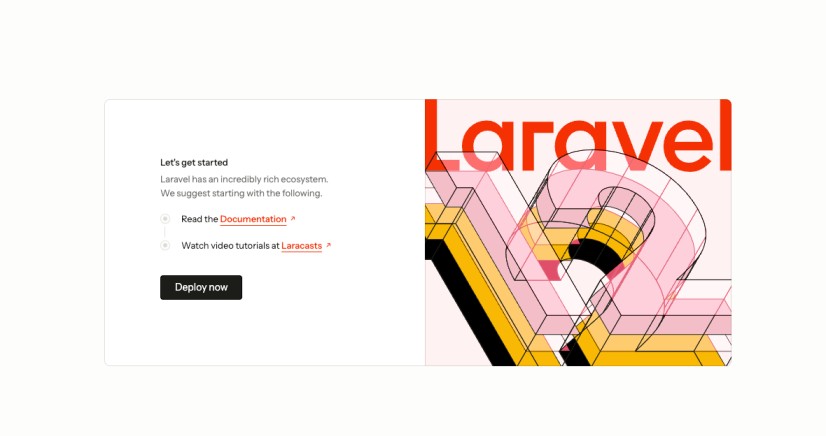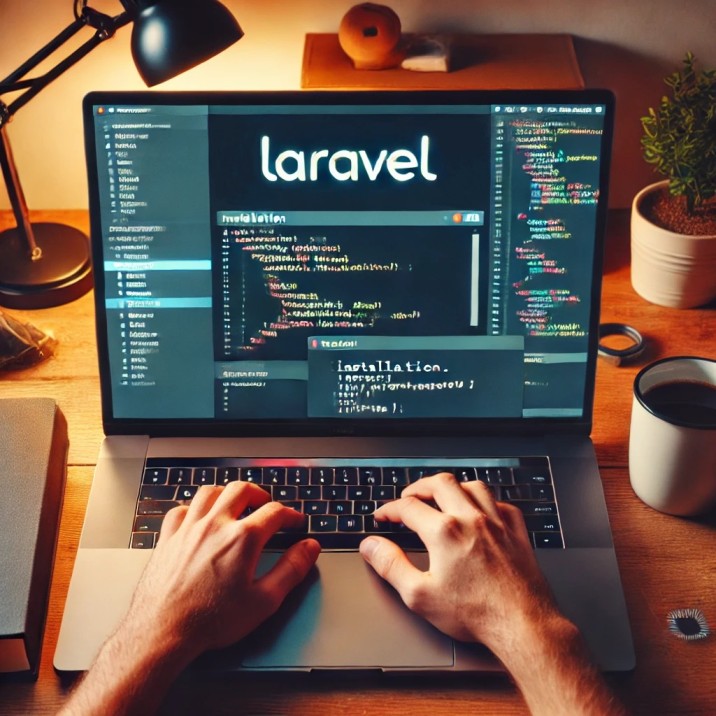Laravel is a web application framework that includes clear, excellent syntax. A web framework that provides a structure and starting point for creating the application, that allow to focus on creating something brilliant while we provide the details.
Laravel provides an excellent developer experience, which provides powerful features such as thorough dependency injection,an expressive database abstraction layer unit and integration testing queues scheduled jobs, and so on.
Laravel is a kind of framework that can grow with you whether you are new to PHP web frameworks or have years of experience.
Why Laravel?
Various kinds of tools and frameworks are available there for you when building a web application. However, we admit Laravel the best option for building modern, full-stack web applications.
A Progressive Framework
We imply Laravel a “progressive” framework. By this term , we mean that Laravel grows with you. If you’re taking the very first steps into web development, Laravel’s vast library of documentation, video tutorials, and guides will help you to learn the ropes without becoming overwhelmed.Being a senior developer, Laravel gives you robust tools for dependency injection,unit testing, real time events,unit , queues, and so on.
A Scalable Framework
Laravel is fabulously scalable. Its positive scaling-friendly nature of PHP and Laravel’s built-in support for fast, distributed cache systems like Redis, horizontal scaling with Laravel is a breeze. In fact, Laravel applications have been easily scaled to handle hundreds of millions of requests per month.
A Community Framework
Laravel combines the best outcomes in the PHP ecosystem to offer the most active and developer friendly framework available. Moreover,thousands of talented and skillful developers around the world have make contributions to the framework. Who knows, maybe you’re the next to become a Laravel contributor.
Creating a Laravel Application
Installing PHP and the Laravel Installer
While creating the first Laravel application, make sure that your local machine has PHP, composer, and the Laravel installer has installed. Moreover you should install either Node and NPM or Bun so that you can construct your application’s frontend assets.
If the PHP and composer are not installed on your local machine, the following commands will install PHP, Composer, and the Laravel installer on macOS, Windows, or Linux:
For macOS
/bin/bash -c "$(curl -fsSL https://php.new/install/mac/8.4)"
For Windows PowerShell
# Run as administrator...
Set-ExecutionPolicy Bypass -Scope Process -Force; [System.Net.ServicePointManager]::SecurityProtocol = [System.Net.ServicePointManager]::SecurityProtocol -bor 3072; iex ((New-Object System.Net.WebClient).DownloadString('https://php.new/install/windows/8.4'))
For Linux
/bin/bash -c "$(curl -fsSL https://php.new/install/linux/8.4)"
After running one of the above commands , you should restart your terminal session. To update PHP, composer, and the Laravel installer after installing them via php.new, you can re-run the command in your terminal.
If you already have PHP and composer installed, you may install the Laravel installer via composer:
composer global require laravel/installer
This command will install Laravel in globally means you need use this command only one. After that this command give you Laravel installer. If you want create a fresh laravel project again type this follwing command in your terminal or cmd. this command will create a fresh laravel project in your directory.
laravel new myFirstLaravelSite
Here myFirstLarvelSite is your directory where laravel is installed. cd into that folder and type the following command.
php artisan serve
This will create a server and if you open the localhost:8000 you will see the laravel is runing. We will discuss is topic on brief in the Creating Application part.
For a fully-featured, graphical PHP installation and management experience, check out Laravel Herd.
Creating an Application
After installing PHP, composer, and the Laravel installer, you’re ready to create a new Laravel application. The Laravel installer will prompt you to choose the preferred testing framework, database, and starter kit:
Once the application has been created, you can start Laravel’s local development server, queue worker, and Vite development server using the dev composer script:
Once your development server is up and running, you can open your browser and go to http://localhost:8000 to see the Laravel application in action.

From here, you might want to set up a database to store your app’s data.
And then If you’re looking for a quick way to get started, you can try one of Laravel’s starter kits. They come with built-in authentication for both the backend and frontend, making it easier to get the app up and running.
Read More:
Introduction to Laravel
Laravel Overview
